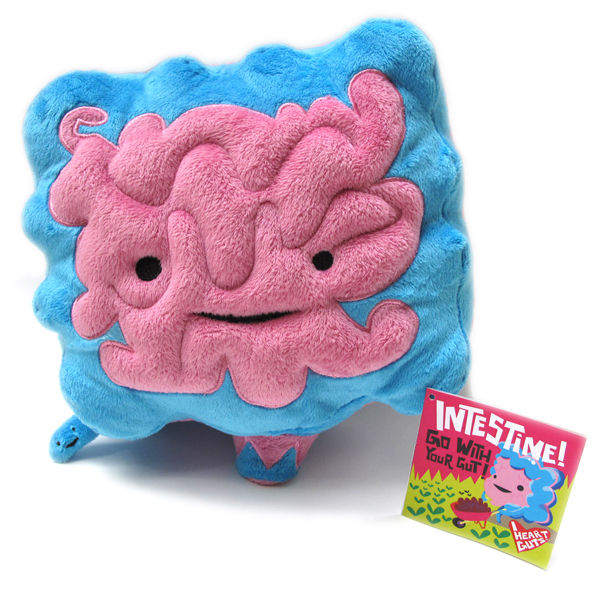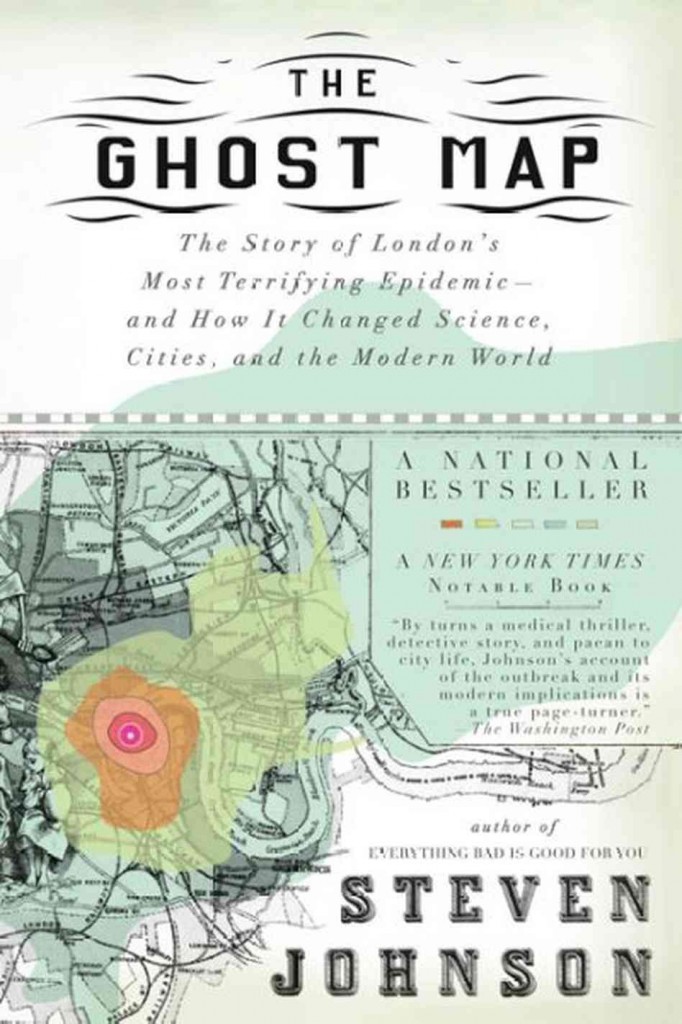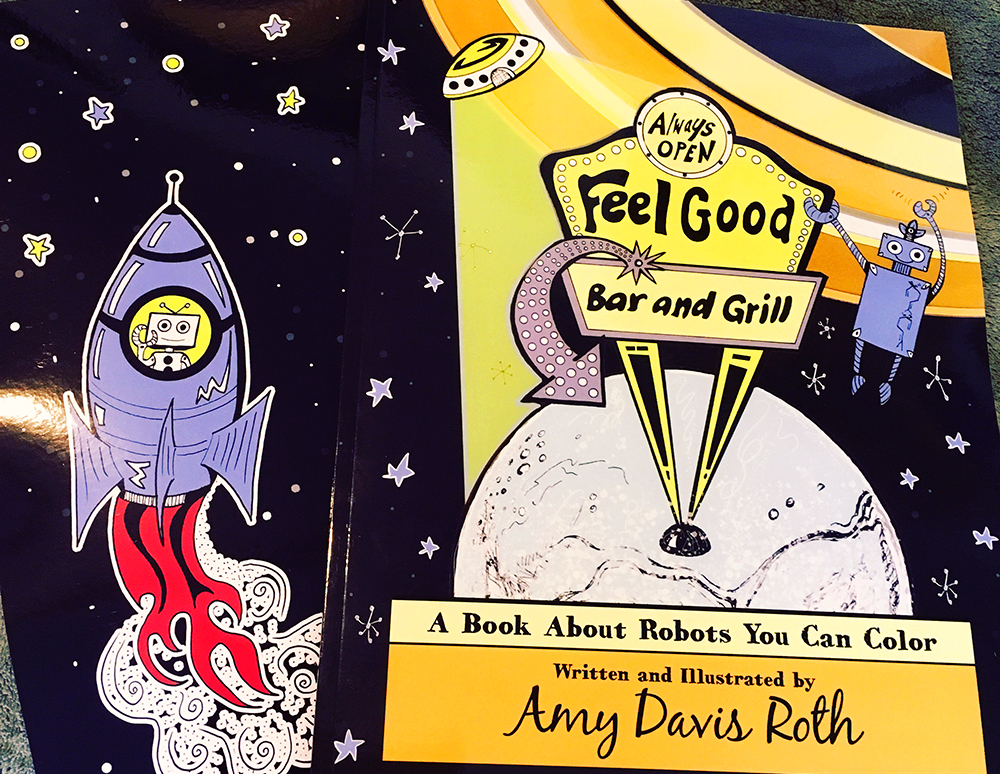Skepchick Book Club: Gulp
Welcome back to the Skepchick Book Club! This month, we read Gulp: Adventures on the Alimentary Canal by Mary Roach. (NOTE: Details for next month’s book are at the bottom of this post.) I’m a huge fan of her writing style–witty, full of facts (the footnotes are usually where the best anecdotes are), and delightfully gross. The book tackles everything related to digestion, starting from the nose (where most of our taste comes from) and ending up exactly where you would think. If you’re interested in reading a preview before buying Gulp, you can see pages 105 – 141 here. Based on how much I’ve loved Roach’s previous books, I just go ahead and buy whatever she’s written recently without even knowing the content.
The subject matter of the book didn’t bother me at all (which is good, considering the type of lab work that I have to do for my job). But I wouldn’t recommend drinking a chocolate milkshake or eating a delicious bowl of boeuf bourguignon while reading either (at least, not past the halfway point of the book). If you have a vivid imagination or you can’t handle the thought of human excretions, you may find this book hard to read.
Unfortunately, because some of the subjects in this book are considered gross (bowel diseases, issues with flatulence, etc.), the science behind these issues has not advanced as quickly as with other areas. During human autopsies, it was common for doctors to chop out the colon and throw it away because of the bad smell (thus they missed out on observing disease states). So even though this book is funny, I was glad to read that the scientists mostly took the subject matter seriously. (On a related note, there is a similar problem in the research surrounding better sports bras for women.)

Here are a few of my favorite chapters and facts that I learned from each one:
- I’ll Have the Putrescine: Your pet is not like you. Pet food is not about what pets like, it’s about what their owners like (see: vegetarian cat food). Dogs prefer their food to smell a bit like cadaverine (freshly rotted!) and cats are happy eating the same thing every day. You may not know this, but cats are usually either birders or mousers but not both. Don’t be afraid of seeing “meat meal” in the ingredients in pet food–that is a mixture of organs, skin, heads, and bones, which your pet enjoys eating.
- Spit Gets a Polish: Someone ought to bottle the stuff. Saliva is amazing, until it leaves your mouth and then it immediately becomes disgusting. Saliva contains anti-clumping factors that make it difficult for bacteria to thrive and form colonies. If you don’t have saliva in your mouth, your gums decay and your teeth become too soft to chew food. Incubated saliva apparently has one of the worst smells of all bodily excretions, according to odor judges (and I agree with them).
- Stuffed: The science of eating yourself to death. Competitive eaters have stretchy stomachs and the ability to swallow regurgitated food before it comes out of their mouths (or else they lose points). Also, your stomach can handle a massive amount of food, but if you do gorge yourself, don’t chase it with sodium bicarbonate or the reaction with the acid may actually cause you to burst.
- Dead Man’s Bloat: And other diverting tales from the history of flatulence research. The marketing team for Beano sells windbreakers and has sponsored a hot-air balloon team (haha, I love it). They also have a hotline for all of your fart-related inquiries. Finally, a “suppressed fart” is my new favorite insult.
- I’m All Stopped Up: Elvis Presley’s megacolon and other ruminations on death by constipation. Elvis did not die of a drug overdose, he had a horrible constipation problem because the end of his colon wasn’t fully able to push fecal matter through and thus expanded his colon to twice the typical size.
I will admit, I didn’t make up a themed recipe for this month. In fact, I went out of my way to not have a theme, because it was just too easy (chocolate-covered bananas, chocolate milkshakes, malted milk balls, etc.). At our meeting, I served up some Gouda and red grapes (simple and yummy). But certainly, if you wanted to do your own version of a gut microflora party, as described in the end of the book, I would love to hear how you cooked your way through the Bristol stool scale.
Next Month’s Book
For next month, we will be reading The Ghost Map: The Story of London’s Most Terrifying Epidemic–and How it Changed Science, Cities and the Modern World by Steven Johnson. I will put a post up on June 23rd. Happy reading!






Here’s the Alka Seltzer ad I was babbling about.
I have to ask this, but will probably regret doing so: what is a “gut microflora party”?
It’s in the last chapter of the book. I think some professor just throws a poop-themed party and lectures about bacteria. I was a bit sleep-deprived when I read that part, haha.
But seriously, I did a class project on the relationship between diet, disease, and gut microbiota and it’s a very interesting area of obesity research. I would totally go to a gut microflora party.
As long as it’s not like a measles party…
Exactly what I was afraid of…